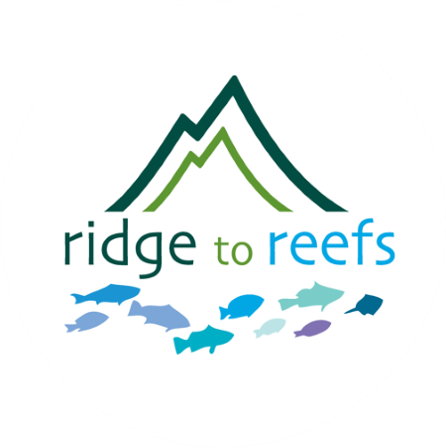Technical Implementation
Understand the Problem
Conduct research for relevant local information. This may include data review, reviewing locations of past complaints of back-ups, discussions with the wastewater department, and Geographic Information System (GIS analysis). Some states, including Maryland, require reporting of sanitary sewer overflows (SSOs) and make this information available to the public.
In our project, both the City of Baltimore and the State of Maryland maintained a database for SSOs, which was used to conduct a desktop assessment of SSOs to locate hotspots based on event frequency and location.
Review available literature to see what research has already been conducted on the behavior that you would like to change and the barriers to doing so. We have conducted a literature review of available SSO reduction programs around the nation to get you started.
Know your Audience
The target audience is the group of people you want to reach with your message. These may be restaurant owners, apartment dwellers, or the residential sector.
Our project targeted SSO hotspot neighborhoods in Baltimore, Maryland. We conducted a Targeted Audience Profile to better understand the audience whose behavior we wanted to change.
Develop a Marketing Strategy
Give consideration to the “4 P's” when developing your marketing strategy - Product, Price, Place, Promotion. Promotional items that you may wish to include for incentives are: pan scrapers, grease bags, and can lids for grease disposal.
Our strategy utilized a pledge drive and gave great consideration to promotion through schools or churches. Feel free to review the Outreach Strategy that we developed for our project for further ideas.
Pilot Project
Conduct a pre-project survey. This information is needed to document the effectiveness of your project. Our pre-project survey found some interesting differences between people’s knowledge and awareness of grease vs. wipes.
Pilot the project. It is important to test your strategy on a small scale before investing in broad-scale implementation. The process will help you to evaluate your approach, better understand your target audience, assess the effectiveness of the 4Ps, and test promotional items (e.g. scrapers, grease bags and can lids for grease disposal).
Check out the pledge cards that we used in our pilot project here.
Implementation
Use results from the pilot project to implement your campaign! Our campaign consisted of multiple elements:
Sponsor outreach– our pledge drive provided donations to food pantries for each pledge of proper disposal of grease and wipes. Sponsors were sought in order to provide the donations to the pantries.
Church outreach– our research indicated that our target audience trusts messages that they receive at church, so we worked with multiple churches in the Baltimore neighborhood hotspot areas to implement the pledge drive.
Our pledge drive was branded and web-based. The Clean Drain Campaign collected 729 pledges in the inaugural year of the program!
Post Survey
Measure your effectiveness and make changes to improve your campaign.
Post-survey participation in our email survey was quite low. We recommend offering additional incentive (e.g. a prize) to encourage participation and to potentially include a telephone-based post-survey along with email.
We collected a lot of other information and resources during our project! Check out the resource gallery for further details.

